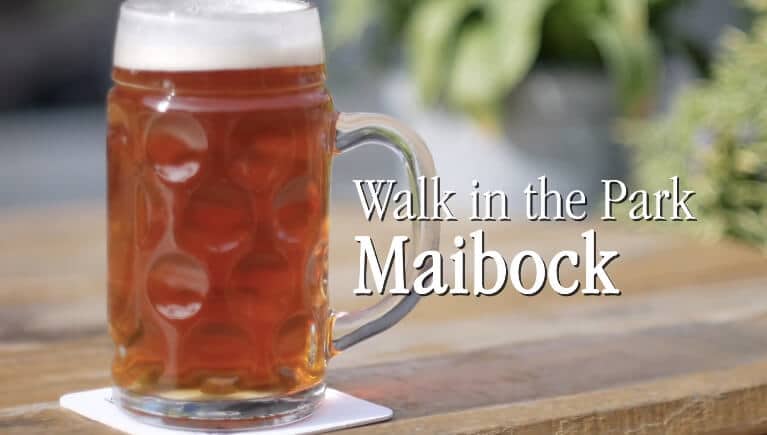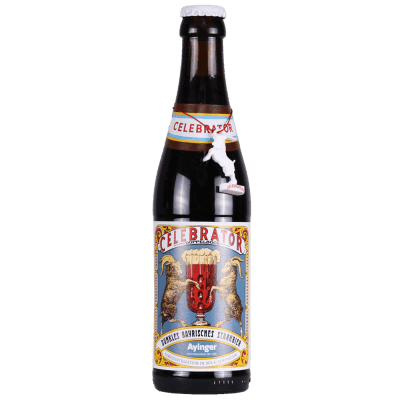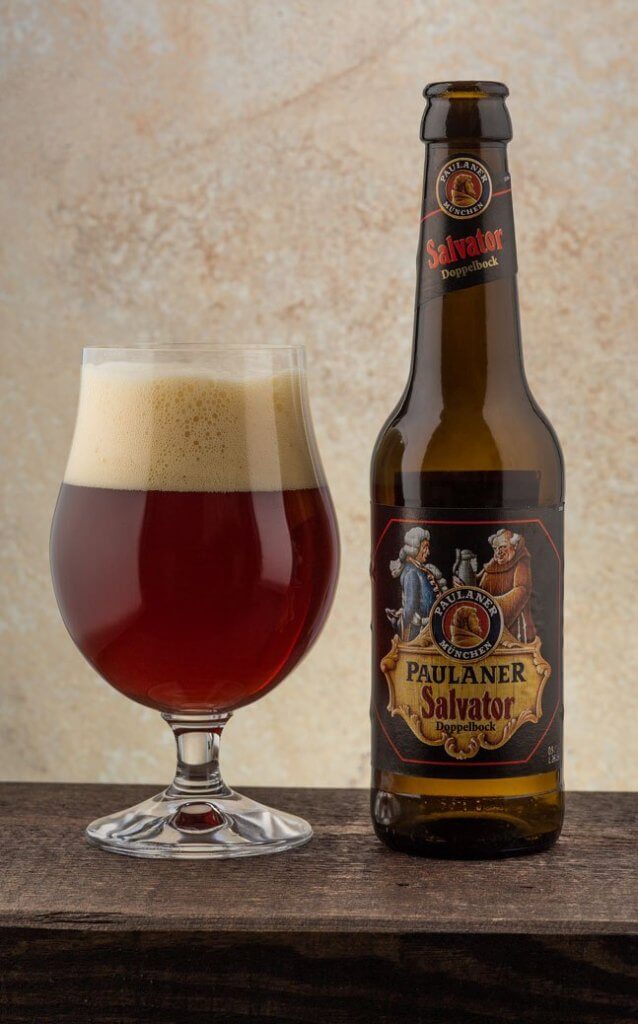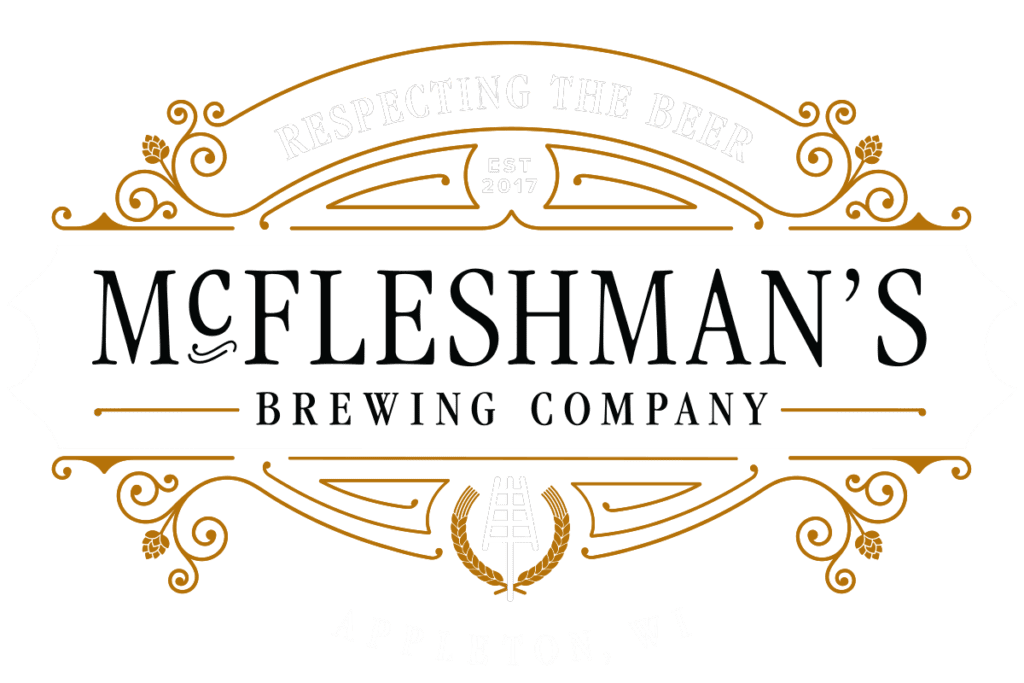Bock, Maibock, Doppelbock, the list goes on. Bock beer’s notable characteristics are strong, dark, and malt-forward flavors. At McFleshman’s, we have a certain affection for the Bock as we celebrate the seasons with the various types of Bock beers. Currently, our Walk in the Park Maibock is donning the taps with its gorgeous color and malty character. The Maibock (May Bock) bridges the gap between the hearty winter lagers and the delicate lighter summer lagers like our Pirate’s Cove Helles–hence the name Walk in the Park Maibock. The Doppelbock is the double bock and is packed with even more malt character than the Maibock.

Bock beers have quite a history. Follow me back to 1500’s Bavaria when the ultimate separation of church and state occurred between the Dukes and the monasteries. Up until the mid 1500’s Bavarian Monks brewed the beer. The Dukes realized that beer equaled profit, so thus began the government controlled breweries and the Rheinheitsgebot (German Beer Purity Law described in earlier Blog post). Funny thing is that if you fire all the monks who formerly brewed the beer and didn’t think to keep any on staff to teach you how to do it–you’re rather screwed! The state-led breweries ended up making so many mistakes and having some beers that were lethal! Imagine oxen bile to compliment the hop aroma! Hence the reason the Rheinheitsgebot was essential–it saved lives!

Back to the Bock: Some brewers in Einbeck were able to brew delicious beer on government-owned equipment and reputation spread. It’s 1600’s now, and Munich wanted in on the Einbeck beer action, so they coaxed a brewer, Elias Pichler, to join them and bring the recipe. Problem was, in Einbeck, the beer was brewed as an ale, but in Munich, the lager yeast strain was the naturally occurring yeast of the area so the Einbeck beer became something entirely new! (The brewers didn’t know wild yeast were part of the equation until much later.) In Einbeck, the beer was named Ainpockisch which became ain Pock with Munich’s dialect. Over time, this transformed into ein Bock, which is funny because Bock means goat. Ever since, the goat has been the symbol of the Bock beers–with Ayinger’s Celebrator even coming with a little white plastic goat to help you drink your doppelbock.

One of the most famous (and a personal favorite) Bock beer is Paulaner Salvator Doppelbock. Most commercial Doppelbocks will be named with the suffix “-ator” as an homage to the Salvator. In Latin, Salvator means savior. And the beer is definitely a savior as it’s high caloric content is exactly what the monks needed to survive the lent season, as food was off-limits, but beer…well that’s OK.
I didn’t even go into the Eisbock, Weizenbock or even the traditional Bock!! But don’t fret! The next time you’re in the taproom ask which Bock we have and one of our well-versed beertenders will give you the run down on the Bock of the season.
Cheers! and I’ll be BOCK next Monday for the next blog! (Sorry, couldn’t resist a good beer pun!)
The info above comes from a great read!
Lager by Dave Carpenter, Quarto Publishing Group, 2017

